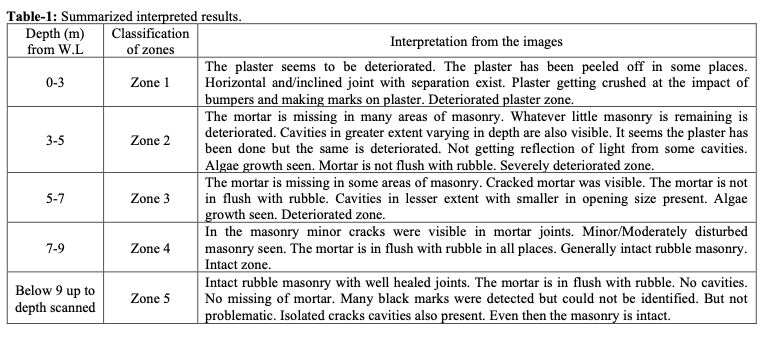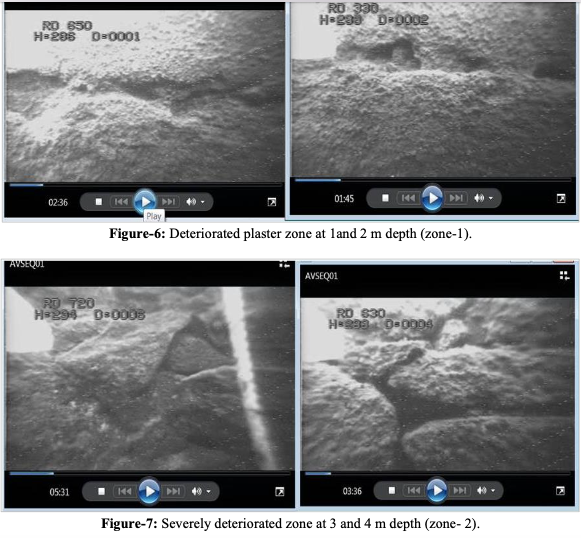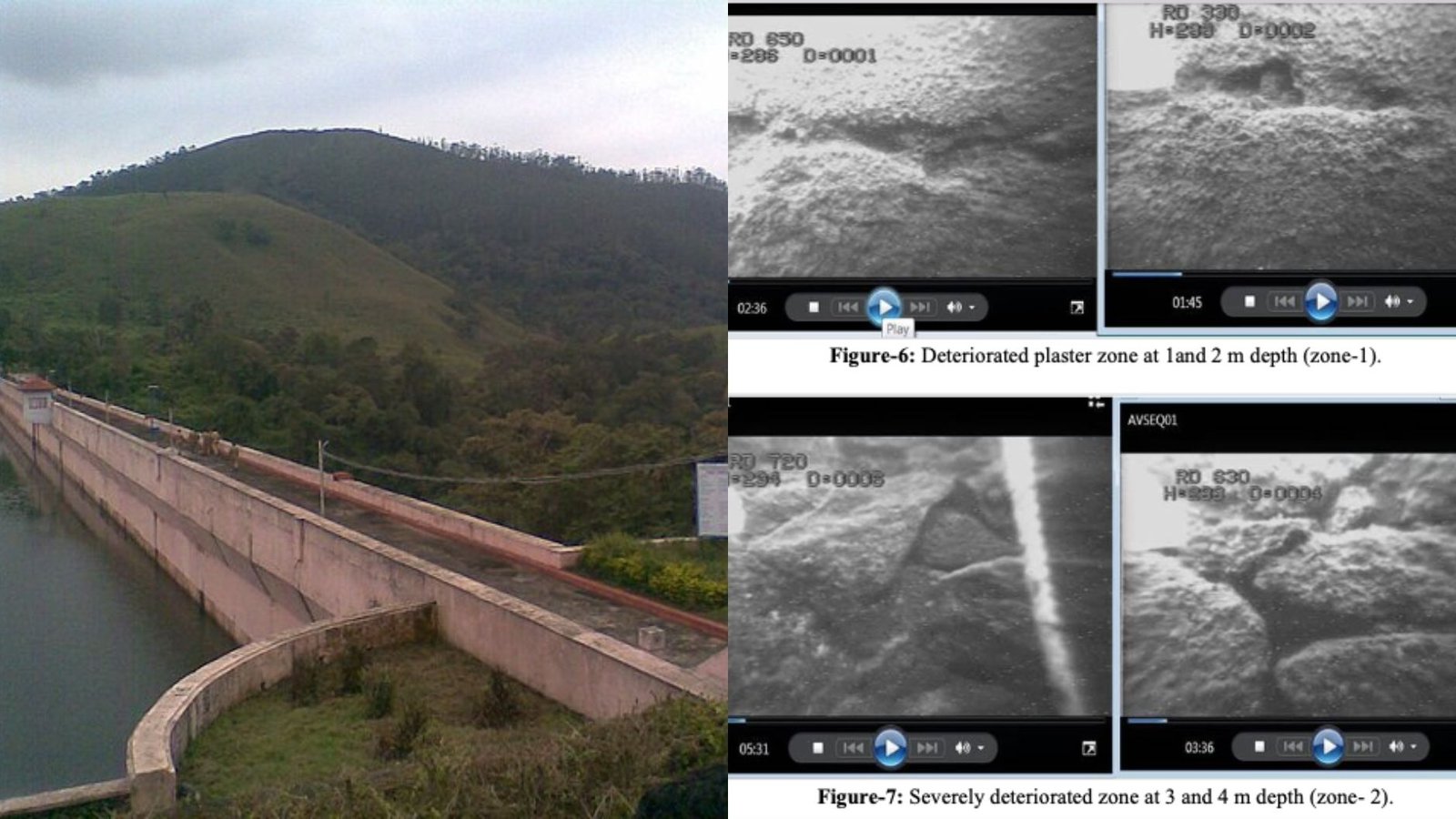Yes, there are over a dozen CDs which contain visuals of cavities along the entire 1,200 ft length of the 129-year-old Mullaperiyar dam. The visuals were taken by a remotely operated vehicle (ROV) during a one-month joint inspection carried out by experts from Tamil Nadu and Kerala in March, 2011, for the high-power committee set up by the Supreme Court to look into the stability of the dam.
The CDs were submitted to the committee after they were vetted and endorsed by officials of both Kerala and Tamil Nadu to avoid any tampering.
“The visuals taken by the ROV clearly showed cavities and deterioration of plastering in the dam. The officials of Kerala and Tamil Nadu closely analysed the visuals and were convinced about the damages. Though the CDs were submitted to the committee, we don’t know what happened to them since then. The CDs were strong evidence revealing the cavities on the dam,” said a Kerala government officer who was closely associated with the proceedings at that time.
As per the details shared by the officer, the ROV captured the visuals of the dam after dividing the entire structure into 23 sectors. “No copies of the CDs were allowed to be made at that time. But engineers of Kerala made a drawing based on what they saw in the visuals during inspection and submitted it to the Kerala government in June 2011,” the officer said, adding, “surprisingly, not much discussion took place despite the visuals revealing the cavities in the dam.”

Another Kerala government officer told “Open Digest” that the visuals were so glaring about the damages that they expected a detailed safety review of the dam. “The Tamil Nadu officials part of the team which analysed the visuals taken by the ROV at that time were fully aware of the damages in the dam,” the officer said.
While more details of the specific CDs remained elusive, Open Digest could access a study done by two experts – Birendra Pratap of the Department of Geophysics, Institute of Science, Banaras Hindu University and Hari Dev of Central Soil and Materials Research Station — assessing underwater weak zones prone to seepage in the upstream face of Mullaperiyar dam, Kerala, India using a remote operated vehicle.

In their study ” Detection of underwater weak zones of dam seepage, using remote operated vehicle-an emerging underwater technology. published in January 2021, they said, “In this study, a remote operated vehicle was used for the assessment of underwater weak zones prone to seepage in the upstream face of Mullaperiyar dam, Kerala, India. The analysis of the results revealed water seepage through certain locations of unconsolidated or weak zones present and development of openings on the underwater upstream face of the dam.”

Their study concluded that “Based on the relative scale of deterioration of the upstream face of the dam, the surface was divided into five zones from the depth of water up to the scanned area by ROV. The first, second, and third zones were identified as deteriorated plaster zone, partially deteriorated zone, and deteriorated zone respectively. The fourth zone and fifth zone below 9m up to the maximum depth of scanned area by ROV were classified as intact zones. Generally, it was observed that the plaster is deteriorated or peeled off 0-3 m depth from the water level at all scanned RDs. The extent of deterioration or peeling off is more between 1-2m depth from the water level. At the depth between 2-5m, the mortar of the masonry is deteriorated or missing. The missing mortar is also seen in some other areas of masonry at 2m, 5m, and 6m depth from the water level. Beyond the depth of 6m, the masonry is good and intact, and no cavities are seen up to the depth scanned by ROV. It seems that due to weathering effects combined with wave action, the plaster and mortar in the masonry have deteriorated/dislodged.”



